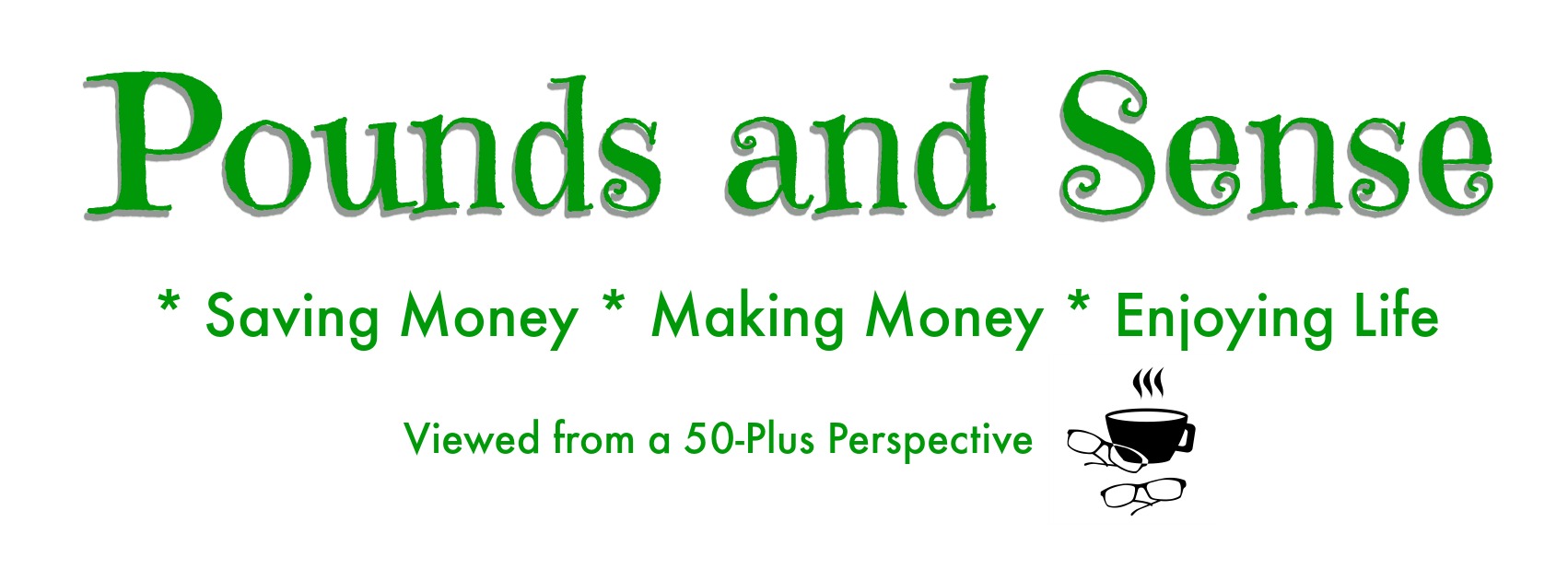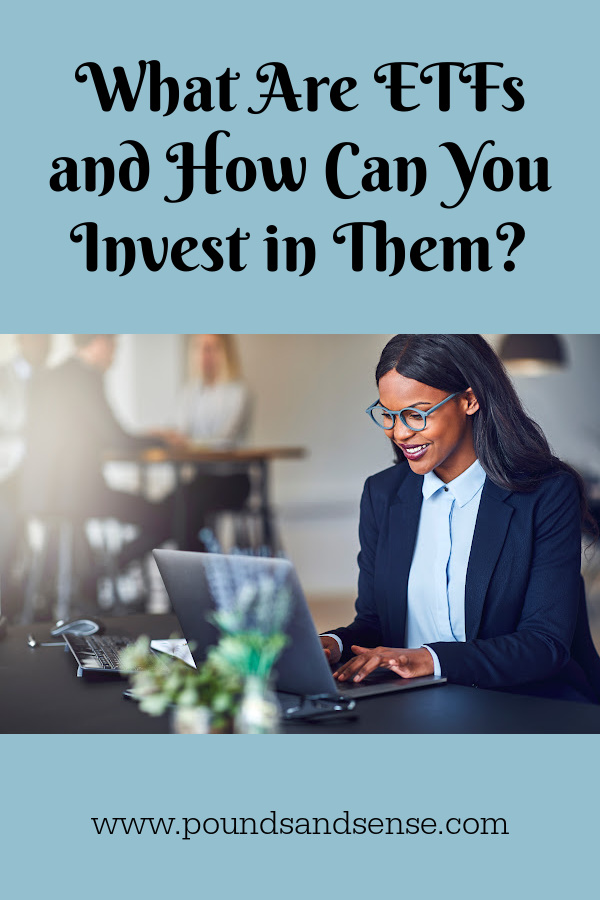What Are ETFs and How Can You Invest in Them?
Today I am focusing on Exchange Traded Funds, or ETFs for short. These have become increasingly popular among investors seeking a simple, low-cost way to build diversified portfolios. But what exactly are ETFs, and how can you invest in them, especially in a tax-efficient way?
What Is an ETF?
An ETF is a type of investment fund that holds a collection of assets – such as stocks, bonds, or commodities – and trades on stock exchanges much like individual shares.
Most ETFs are designed to track the performance of a specific index, such as the FTSE 100, S&P 500, or MSCI World Index.
Because they bundle together a broad range of assets, ETFs offer instant diversification. If you buy an ETF tracking the FTSE 100, for example, you’re essentially investing in the 100 largest companies listed on the London Stock Exchange.
Why Choose ETFs?
Low cost: ETFs usually have lower management fees than actively managed funds, because they typically follow a passive investment strategy.
Diversification: A single ETF can give you exposure to hundreds or even thousands of securities across sectors or regions.
Liquidity: As ETFs are traded on stock exchanges, they can be bought or sold during market hours just like individual shares.
Potential for dividends as well as capital appreciation: If the value of shares in an ETF goes up, so does the value of your holding. Likewise, if the underlying shares pay dividends, these are either distributed to ETF investors as cash or reinvested to boost the value of your holding.
Transparency: Most ETFs publish their holdings daily, so you always know what you’re investing in.
Are There Any Drawbacks to ETFs?
While ETFs offer many benefits, they’re not without potential downsides:
Market Risk: Like all investments, ETFs can go down in value. If the underlying assets perform poorly, so will the ETF.
Tracking Error: Some ETFs may not perfectly replicate the performance of their target index due to fees or imperfect replication strategies.
Liquidity Issues: While most ETFs are highly liquid, some niche or low-volume ETFs can have wider bid-ask spreads, making it more expensive to trade them.
Over-Diversification: While diversification is usually a strength, owning too many overlapping ETFs can lead to a diluted portfolio that mirrors the overall market without any clear investment direction.
Currency Risk: If you invest in ETFs that hold assets in foreign currencies, exchange rate fluctuations can impact your returns. Of course, this applies equally to other types of investment as well.
Understanding the risks and how they relate to your investment goals is key to making informed decisions.
How to Invest in ETFs
Choose a Platform: First, you’ll need to open an account with a brokerage or investment platform that offers access to ETFs. Popular UK platforms include Hargreaves Lansdown, AJ Bell and Interactive Investor. InvestEngine specializes in ETFs and offers commission-free trading in a wide range. Trading 212 and eToro are other popular platforms that offer commission-free ETF trading.
Select Your ETFs: Decide on the asset classes and regions you want exposure to. For example, you could choose a global equity ETF, a UK government bond ETF, or a sector-specific ETF (such as technology, healthcare or renewables).
Place Your Order: ETFs can be bought and sold like shares. You can place a market order (buy at the current price) or a limit order (buy only at a specific price).
Monitor and Rebalance: Over time, you may need to adjust your portfolio to maintain your desired level of risk and diversification.
Consider Automated Services: If you don’t want to pick your own ETFs, many platforms offer ready-made portfolios (though these may entail extra fees and charges). Robo-adviser platforms such as Nutmeg – which I use myself – invest your money in ETFs and offer fully managed and fixed allocation portfolios.
Using an ISA for Tax Efficiency
One of the most tax-effective ways to invest in ETFs in the UK is through a Stocks and Shares ISA.
An ISA (Individual Savings Account) allows you to invest up to £20,000 per tax year (as of 2025/26) without paying any tax on your investment returns. The benefits of investing in ETFs via an ISA include:
No Capital Gains Tax: Any profit you make from selling ETFs within an ISA is tax-free.
No Dividend Tax: Any dividends paid by ETFs held in an ISA are also tax-free.
No Income Tax: Likewise, no Income Tax is due on returns from your investments.
Simplicity: There is no need to declare ISA investments on your tax return.
Final Thoughts
ETFs are a powerful tool for building a diversified, cost-effective investment portfolio. Whether you’re a beginner or an experienced investor, they offer flexibility and efficiency. And by investing through an ISA, UK investors can enjoy significant tax advantages, maximizing their returns and helping their money go further
Always take into account your investment goals and tolerance for risk. And do your own ‘due diligence’ – or consult a financial adviser – before investing. All investments carry a risk of loss.
As ever, if you have any comments or questions about this article, please do post them below. Bear in mind that I am not a qualified financial adviser and cannot provide personalized financial advice.

